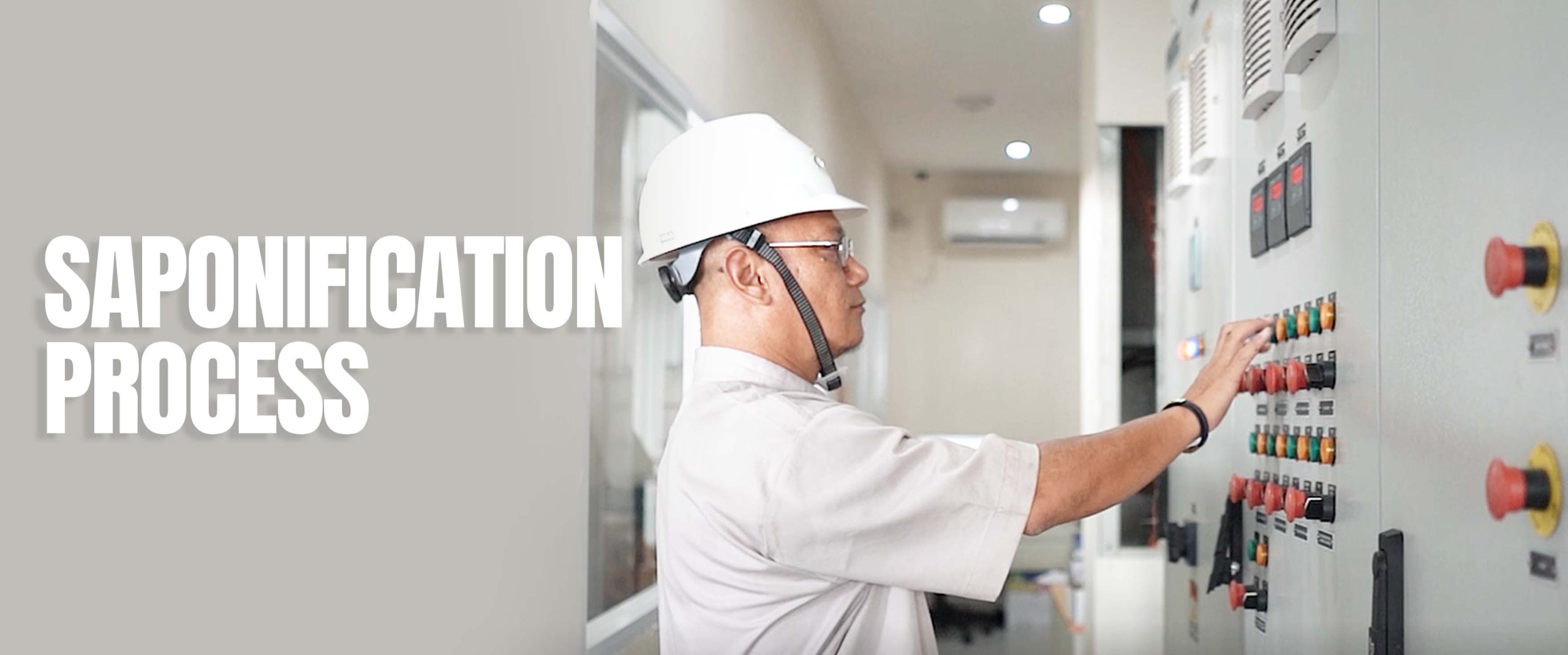Saponification Process
Soap is a cleaning product obtained through the saponification process, a chemical reaction between fatty acids (oils or fats) and a strong base (alkali such as NaOH or KOH). This reaction produces soap and glycerol as a byproduct. In industrial-scale production, modern technology is used to manufacture soap in large quantities with consistent quality.
Factories use different methods to produce soap, including the hot process and cold process, but the hot process is more commonly used in the industry because it is faster and results in more durable soap.
Raw Materials in Industrial Soap Production
-
Main Ingredients
- Fats or Oils
Can be derived from animal sources (beef tallow, lard) or plant-based sources (coconut oil, palm oil, olive oil).
Vegetable oils are more commonly used in the industry as they produce soap with better lather and are more environmentally friendly.
Alkali (Strong Base)
Sodium hydroxide (NaOH) for solid soap.
Potassium hydroxide (KOH) for liquid soap.
Water
Acts as a solvent for alkali and aids in the mixing process. - Additional Ingredients
Colorants → Give the soap a specific color based on the product variant.
Fragrances → Can come from essential oils (lavender, lemon, rose) or synthetic fragrances.
Glycerin → May be added back to increase soap’s moisturizing properties.
Antioxidants → Such as Vitamin E, to prevent the soap from turning rancid.
Exfoliating Agents → Such as apricot seeds or coffee grounds for scrub soap.
-
Advantages of the Saponification Process
- Large-scale production – Uses automated machinery for high efficiency.
- Consistent quality – The formulation and production process are strictly controlled.
- Customizable – Allows for the addition of fragrances, moisturizers, and special ingredients.
- Eco-friendly – Many factories use sustainable vegetable oils.
- Efficient waste management – Glycerin can be used as a valuable byproduct.
The saponification process in factories involves several steps, from mixing oils and alkali to packaging the final product. With modern technology, soap can be produced in large quantities while maintaining consistent quality. This process also allows for a variety of formulations, including moisturizing, exfoliating, and scented soaps.
I hope this article provides a deeper understanding of how soap is made in industrial settings.
Visit our offiicial website : (canadagreengate.com)











